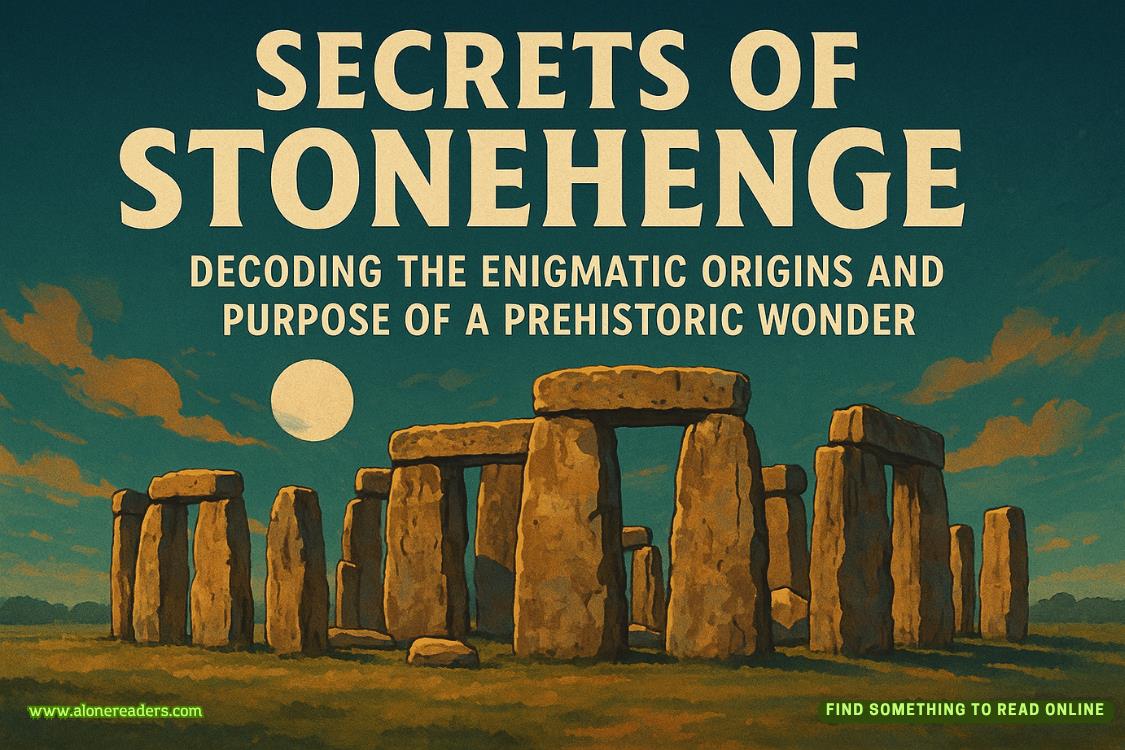Karos Invictad grunted. ‘Seems direct enough. What is the record for the solution?’
‘There is none. You are the first and only player, apparently.’
‘Indeed. Curious. Tanal, three prisoners died in their cells last night-some contagion is loose down there. Have the corpses burned in the Receiving Ground west of the city. Thoroughly. And have the rest washed down with disinfectant.’
‘At once, Invigilator.’
The ruins were far more extensive than is commonly imagined. In fact, most historians of the early period of the colony have paid little or no attention to the reports of the Royal Engineer, specifically those of Keden Qan, who served from the founding until the sixth decade. During the formulation of the settlement building plan, a most thorough survey was conducted. The three extant Jhag towers behind the Old Palace were in fact part of a far larger complex, which of course runs contrary to what is known of]hag civilization. For this reason, it may be safe to assume that the Jhag complex on the bank of the Lether River represents a pre-dispersion site. That is, before the culture disintegrated in its sudden, violent diaspora. An alternative interpretation would be that the three main towers, four sub’ terranean vaults, and what Qan called the Lined Moat all belonged to a single, unusually loyal family.
In either case, the point I am making here is this: beyond the Jhag-or more correctly, Jaghut-complex, there were other ruins. Of course, one need not point out the most obvious and still existing Azath structure-that lecture will have to wait another day. Rather, in an area covering almost the entire expanse of present-day Lether as could be found foundation walls, plazas or concourses, shaped wells, drainage ditches and, indeed, some form of cemetery or mortuary, and-listen carefully now-all of it not of human design. Nor Jaghut, nor even Tarthenal.
Now, what were the details of this unknown complex? Well, for one, it was self-contained, walled, entirely covered by multilevel roofing-even the plazas, alleys and streets. As a fortress, it was virtually impregnable. Beneath the intricately paved floors and streets, there was a second even more defensible city, the corridors and tunnels of which can now be found as an integral part of our sewer outflow.
In short, Letheras, the colony of the First Empire, was founded upon the ruins of an earlier city, one whose layout seemed to disregard the presence of the]aghut towers and the Azath, suggesting that it pre-dates both.
Even the first engineer, Keden Qan, was unable or unwilling to attempt an identification of these early builders. Virtually no artifacts were found-no potsherds, no sculptures, no remnants of metal’Working. One last interesting detail. It appeared that in the final stages of occupation, the dwellers set about frantic alterations to their city. Qan’s analysis of these efforts led him to conclude that a catastrophic climate change had occurred, for the efforts indicated a desperate attempt to add insulation.
Presumably, that effort failed-
Her interior monologue ceased abruptly as she heard the faint scuff of someone approaching. Lifting her head was a struggle, but Janath Anar managed, just as the chamber’s heavy door creaked open and light flooded in from a lantern-dull and low yet blinding her nonetheless.
br />
Karos Invictad grunted. ‘Seems direct enough. What is the record for the solution?’
‘There is none. You are the first and only player, apparently.’
‘Indeed. Curious. Tanal, three prisoners died in their cells last night-some contagion is loose down there. Have the corpses burned in the Receiving Ground west of the city. Thoroughly. And have the rest washed down with disinfectant.’
‘At once, Invigilator.’
The ruins were far more extensive than is commonly imagined. In fact, most historians of the early period of the colony have paid little or no attention to the reports of the Royal Engineer, specifically those of Keden Qan, who served from the founding until the sixth decade. During the formulation of the settlement building plan, a most thorough survey was conducted. The three extant Jhag towers behind the Old Palace were in fact part of a far larger complex, which of course runs contrary to what is known of]hag civilization. For this reason, it may be safe to assume that the Jhag complex on the bank of the Lether River represents a pre-dispersion site. That is, before the culture disintegrated in its sudden, violent diaspora. An alternative interpretation would be that the three main towers, four sub’ terranean vaults, and what Qan called the Lined Moat all belonged to a single, unusually loyal family.
In either case, the point I am making here is this: beyond the Jhag-or more correctly, Jaghut-complex, there were other ruins. Of course, one need not point out the most obvious and still existing Azath structure-that lecture will have to wait another day. Rather, in an area covering almost the entire expanse of present-day Lether as could be found foundation walls, plazas or concourses, shaped wells, drainage ditches and, indeed, some form of cemetery or mortuary, and-listen carefully now-all of it not of human design. Nor Jaghut, nor even Tarthenal.
Now, what were the details of this unknown complex? Well, for one, it was self-contained, walled, entirely covered by multilevel roofing-even the plazas, alleys and streets. As a fortress, it was virtually impregnable. Beneath the intricately paved floors and streets, there was a second even more defensible city, the corridors and tunnels of which can now be found as an integral part of our sewer outflow.
In short, Letheras, the colony of the First Empire, was founded upon the ruins of an earlier city, one whose layout seemed to disregard the presence of the]aghut towers and the Azath, suggesting that it pre-dates both.
Even the first engineer, Keden Qan, was unable or unwilling to attempt an identification of these early builders. Virtually no artifacts were found-no potsherds, no sculptures, no remnants of metal’Working. One last interesting detail. It appeared that in the final stages of occupation, the dwellers set about frantic alterations to their city. Qan’s analysis of these efforts led him to conclude that a catastrophic climate change had occurred, for the efforts indicated a desperate attempt to add insulation.
Presumably, that effort failed-
Her interior monologue ceased abruptly as she heard the faint scuff of someone approaching. Lifting her head was a struggle, but Janath Anar managed, just as the chamber’s heavy door creaked open and light flooded in from a lantern-dull and low yet blinding her nonetheless.
Tanal Yathvanar stepped into view-it would be none other but him, she knew-and a moment later he spoke. ‘I pray you’ve yet to drive yourself mad.’
Through cracked, blistered lips, she smiled, then said in a croaking voice, ‘Lectures. I am halfway into the term. Early history. Mad? Oh yes, without question.’
She heard him come closer. ‘I have been gone from you too long-you are suffering. That was careless of me.’
‘Careless is keeping me alive, you miserable little wretch,’ she said.
‘Ah, perhaps I deserved that. Come, you must drink.’
‘What if I refuse?’
‘Then, with your inevitable death, you are defeated. By me. Are you sure you want that, Scholar?’
‘You urge me to stubborn resistance. I understand. The sadist needs his victim alive, after all. For as long as humanly possible.’
‘Dehydration is a most unpleasant way to die, Janath Anar.’
He lifted the spigot of a waterskin to her mouth. She drank.
‘Not too quickly,’ Tanal said, stepping back. ‘You will just make yourself sick. Which wouldn’t, I see, be the first time for you.’
‘When you see maggots crawl out of your own wastes, Yathvanar… Next time,’ she added, ‘take your damned candle with you.’
‘If I do that,’ he replied, ‘you will go blind-’
‘And that matters?’















